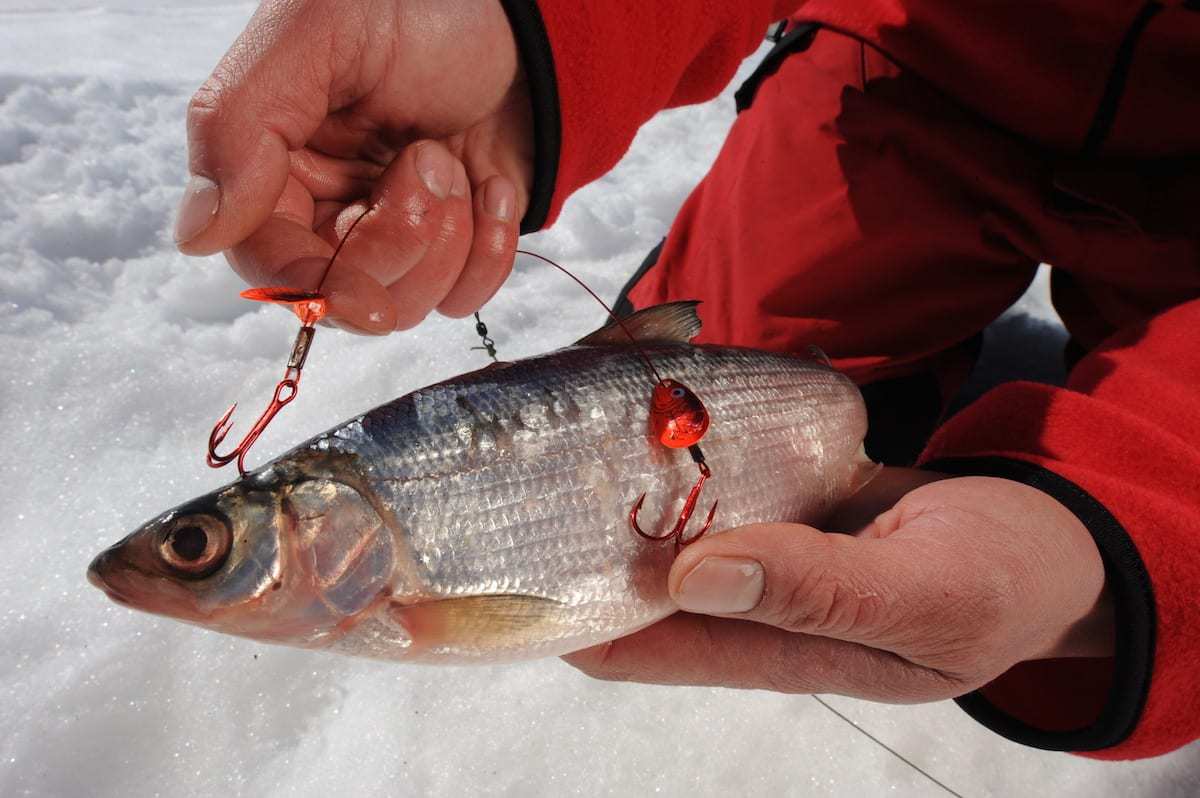-
NBA Wolves
by dutchboy
[Today at 02:23:47 PM] -
Good Morning!!!!!!
by Gunner55
[Today at 02:23:40 PM] -
Twins
by dutchboy
[Today at 02:22:13 PM] -
Just funnies.....
by Steve-o
[Today at 01:52:18 PM] -
incoming weather
by Dotch
[Today at 10:29:10 AM] -
My Revolver 360 shipped!
by LPS
[Yesterday at 06:31:28 PM] -
2024 gardens
by Dotch
[Yesterday at 01:32:47 PM] -
Birds in the back yard
by Dotch
[Yesterday at 01:30:33 PM] -
6 believable Bigfoot sightings?...
by LPS
[Yesterday at 07:27:20 AM] -
What's on the grill, folks?...
by LPS
[Yesterday at 07:22:06 AM] -
deer river/talmoon area
by Scenic
[Yesterday at 02:25:08 AM] -
Jig and Shiner are the Ticket...
by lakeofthewoodsmn
[May 05/14/24, 06:37:01 PM] -
home page
by tangle tooth
[May 05/14/24, 10:06:34 AM] -
Whatchya smokin
by fishwidow
[May 05/13/24, 05:51:22 PM]
ADVERTISING OPPORTUNITIES
With over 5,500 subscribers and an average of 18,000 unique visitors per month, www.mnoutdoorsman.com can serve as a productive advertising tool for your business! All banners link automatically to your site.
Front Page articles (embedded) $100 per year unlimited articles per year (approval required)
Side Bar Banner (175 x 175) $100 year
Advertise on the side banner viewable on every page.
Board Specific Banner By Topic (250 x 55) $50 year
Advertise on forums specific for your product or service.
Board Specific Banner By Region (250 x 55) $50 year
Advertise on forums specific for your location.
The customer is responsible for the banner design. A banner can be designed for a nominal fee. Once payment is received, the banner will go live upon approval.
If you would like to place an ad rather than a banner on the Minnesota Outdoorsman site we can also arrange that. Please inquire about that if that is your interest. The ad would go on the front page of the site.
NOTE: FREE Advertising is also available for active posters! Interested? Just ask......
Please contact huntermno@yahoo.com for more information!
Click On The "Forum" Tab Under The Logo For More Content!
If you are using your phone, click on the menu, then select forum. Make sure you refresh the page!
If you are using your phone, click on the menu, then select forum. Make sure you refresh the page!
The views of the poster, may not be the views of the website of "Minnesota Outdoorsman" therefore we are not liable for what our members post, they are solely responsible for what they post. They agreed to a user agreement when signing up to MNO.




